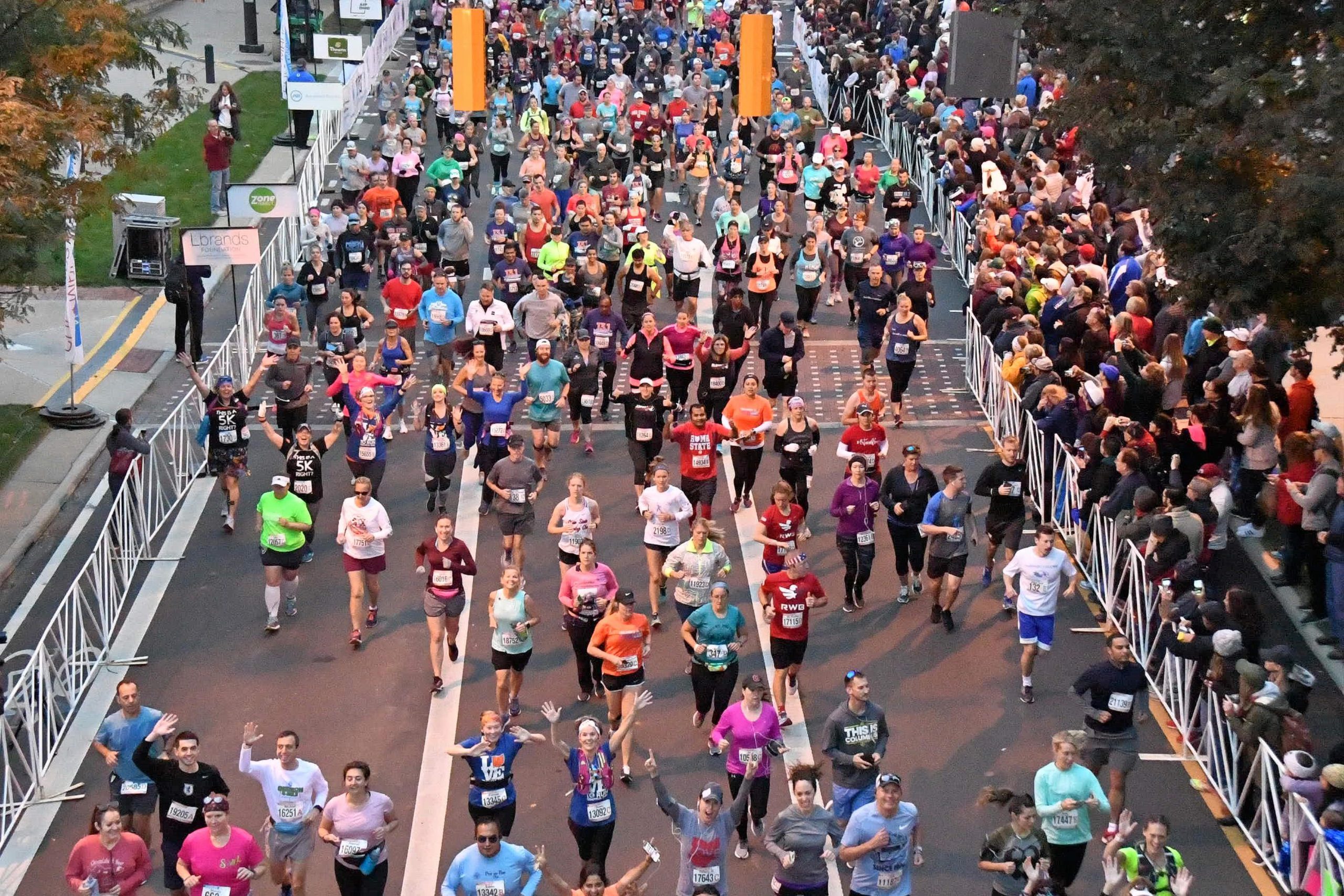Stay in Touch
Stay in the loop about the latest in training, mindfulness, events, and general news.

In a previous post, I discussed how some athletes sabotage their own performance (deliberately or not) by letting their pre-race anxiety get the best of them. In this post, I’ll share some thought on what you can do instead.
The science and study of stress has a long history dating back the the 1940s when Hungarian-Canadian endocrinologist Hans Selye first proposed a model of stress, which included the idea of stress being an adaptive signal that could promote positive adaptation. This theory is so foundational that it still underpins much of modern coaching and training. In recent years, researchers have built on this theory by proposing that a potential stressor can be relatively neutral, and that it’s how we think about it that shapes whether we experience it negatively or not.
. . . for there is nothing either good or bad, but thinking makes it so.
Shakespeare, Hamlet
As the understanding of stress responses has grown, we have come to understand that we have more complex and nuanced responses to them. In fact, the very act of shifting one’s perception of a negative stressor from being a threat to being a challenge completely changes the physiological reaction we have to the event, and how much we stand to grow from it. It turns out that pre-race anxiety is exactly such an opportunity for a mindset shift.
We all know what the anxiety of pre-event nerves feels like: racing heart, changes in breathing, increased sweat response–pre-event physiological responses are pretty much universal. We’re probably more likely to experience these types of sensations in contexts where we perceive higher stakes: this could be a performance with a lot riding on the outcome, such as an audition, a job interview, a first date, an important race, or an important try-out; or it could be a situation where those stakes are more existential, for instance, going rock climbing on high cliff faces. In either case we’re in a situation where our body is sensing a lot on the line, and we start to notice the response–the beating heart and sweaty palms–and we tell ourselves, “I’m anxious.”
Anxiety is the “oh my gosh, what if . . . ?” series of thoughts focused on the uncertainty of events in the future. Notice that difference? Anxiety largely centers around thinking about the future. What we typically most profoundly feel in the minutes and moments leading up to an event are physiological feelings. It turns out that if we start to shift how we think about those physical sensation in the body, reframing them as excitement or readiness rather than anxiety, we can start to take control of the situation.
In those moments, ahead of a race, or important performance, potentially with lots on the line, our body sometimes knows more than we do, and it’s getting us into a state of physical readiness to perform. Those physiological events: increased heart rate, increased breathing, increased sweat response, these are all byproducts of our bodies getting ready for the challenge ahead. The heart and lungs are getting ready to deliver blood and oxygen to working muscles, and deliver energy to areas of need. Adrenaline is released into your body, allowing you to concentrate and focus on the work to come. At its core, this is a deeply positive and adaptive process, designed over thousands of years of evolution, and we can capitalize on it to perform at our highest level.
Often times that experience of physiological readiness is associated with thoughts of uncertain or undesirable outcomes, like the novice rock climber considering what happens if they fall, or if a rock falls on them, or if their gear fails. So we end up conflating the physiology of the moment with the psychology of it. This is why the cognitive reappraisal, consciously and deliberately choosing to interpret these feelings as excitement, rather than as anxiety, is such a powerful strategy. We are, in effect, un-learning this connection, and embracing the physiological response, rather than the traditional though misguided approach of trying to relax it away, and suppressing that state of readiness.
So this is the what of reframing anxiety as excitement. In the next post, I’ll start to explore a couple of techniques for how to more effectively make this mindset shift.
Stay in the loop about the latest in training, mindfulness, events, and general news.